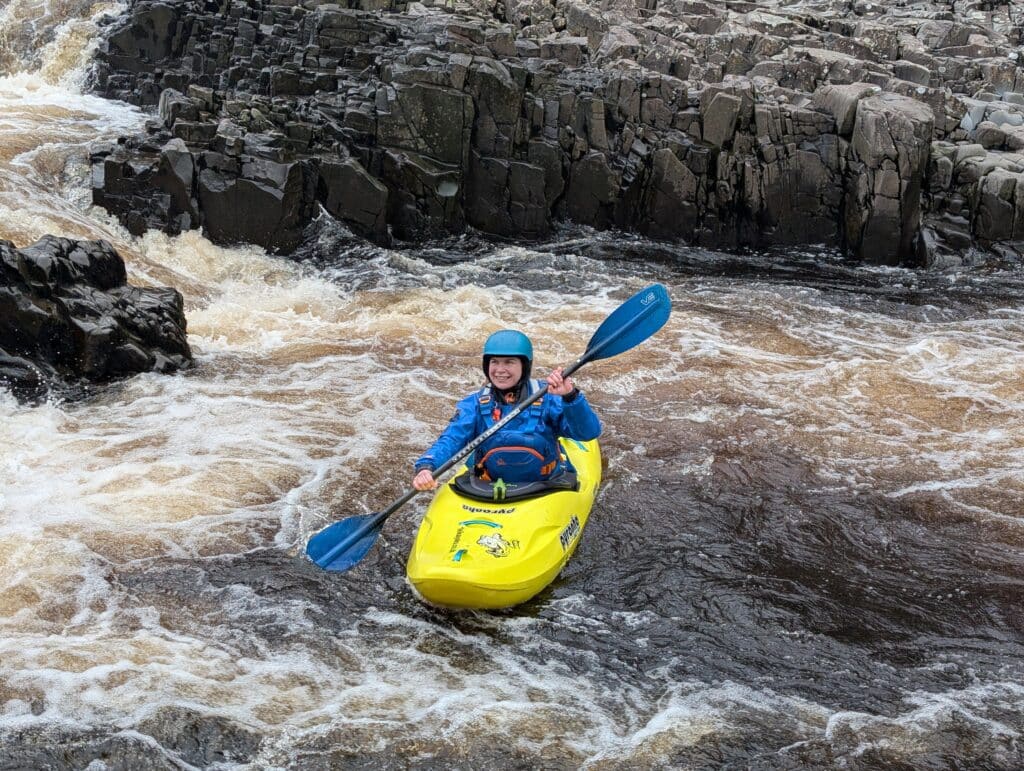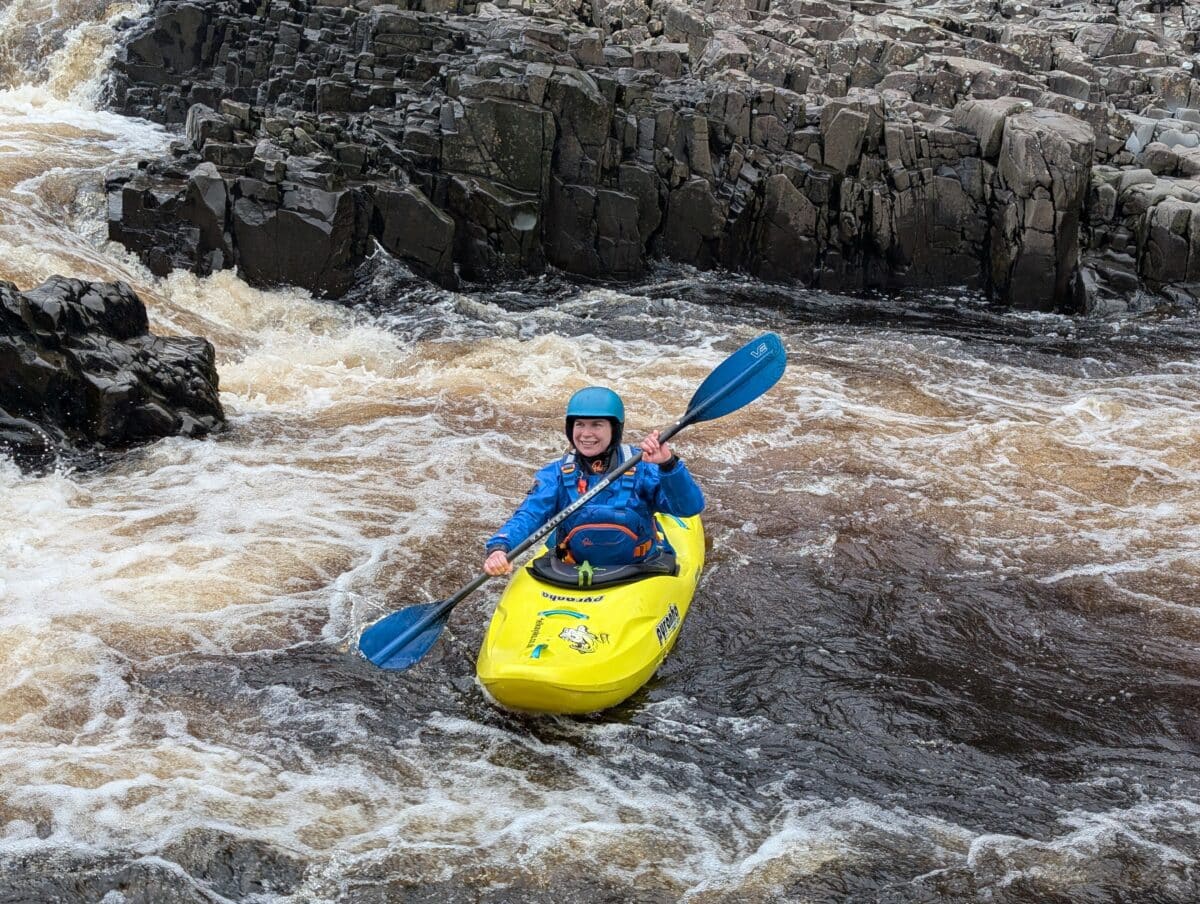Years ago, I signed up for an advanced white water safety course which was run by the legend Chris Eastabrook. During this course, Chris introduced me to something that he called ‘counting lemons’. In a nutshell, there was this idea that often when things go dramatically wrong on the river, there were usually lots of smaller things that had gone wrong in the lead up to that moment. He referred to these smaller things as ‘lemons’ and it has led to a safety measure that is now an integral part of my kayaking called ‘counting lemons’. This idea has genuinely changed how I approach kayaking and my decisions around safety. Keep reading if you want to know how!
The Advanced White Water Safety Course
If you’ve been kayaking for a while and already completed a white water safety course, I would absolutely recommended getting yourself signed up for the advanced version. It is well worth the money and it is a course I’d be keen to go and repeat! I did mine through Getafix. People often think safety is just about knowing fancy ropework, unpinning kayaks from difficult spots or chasing kayaks down the river. The rescue side of safety is important and I am sure that the amazing people who work in the outdoors would agree that those skills do require regular practice. However, the other side to implementing safety is the strategic side. Our ability to make safe decisions is the most useful tool in our safety kit. This is something that advanced safety courses really focus on.
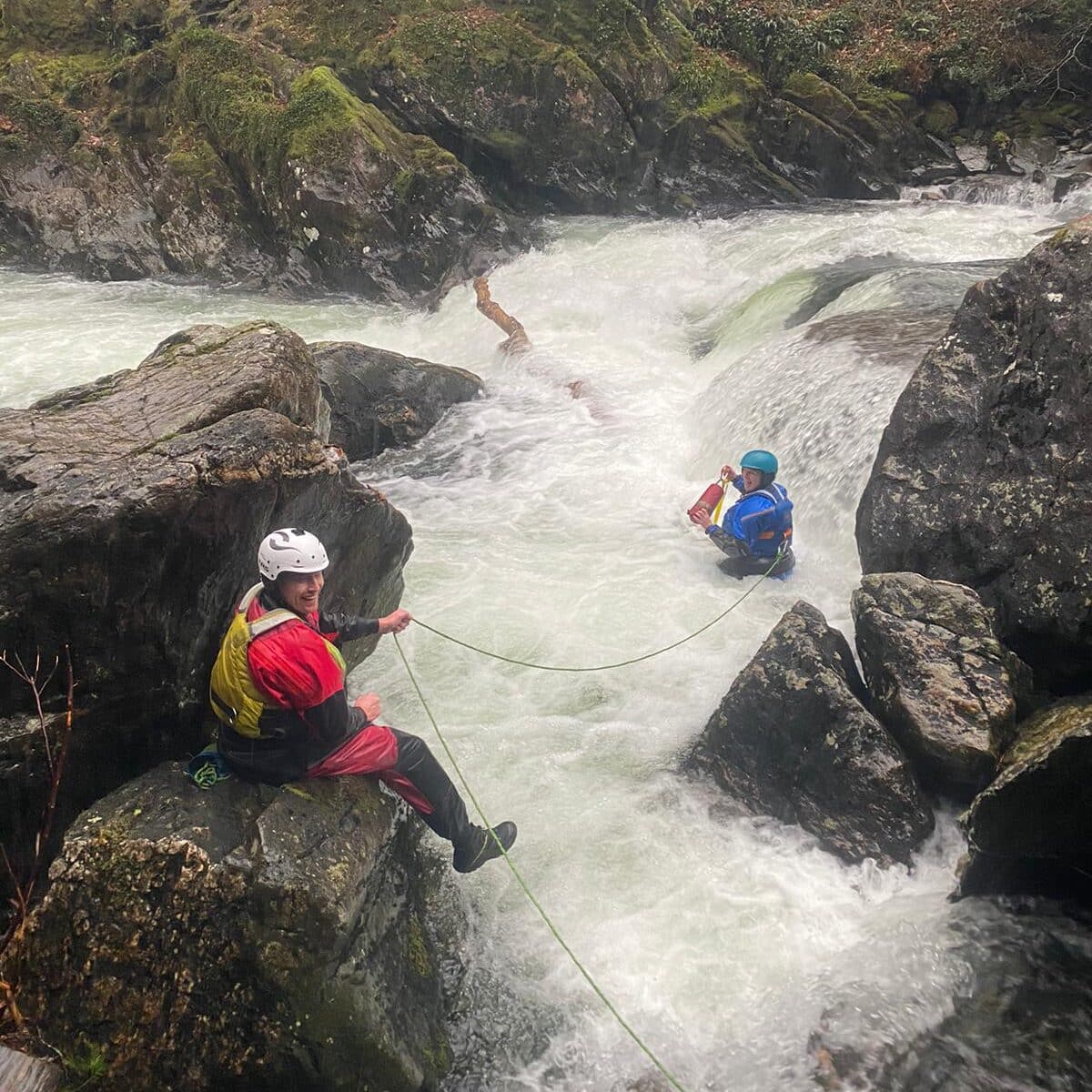
At the start of this course, Chris asked us to think of a day where we had experienced an ‘epic’. If you are not familiar with this word, an epic is a term kayakers use to describe when the day has gone very wrong and things have just seemed to spiral. For example, if a group of 4 paddlers all swam at the same time and as a consequence lost all of their boats and paddles, we might say they’ve had an ‘epic’. Every experienced kayaker has experienced an epic and most kayakers will have experienced more than one.
I had a day in mind that would definitely be considered as having an epic. It was a day I had experienced relatively recently at the time which had an unpleasant swim on a high Upper Dart. This was followed by a huge amount of miscommunication which had led to myself and my then boyfriend walking out of Dartmoor with one kayak on my shoulder (which if you’ve ever done you will know is very hard work). You can read more about it in a blog I wrote on ‘bad swims and what I learned from them‘.
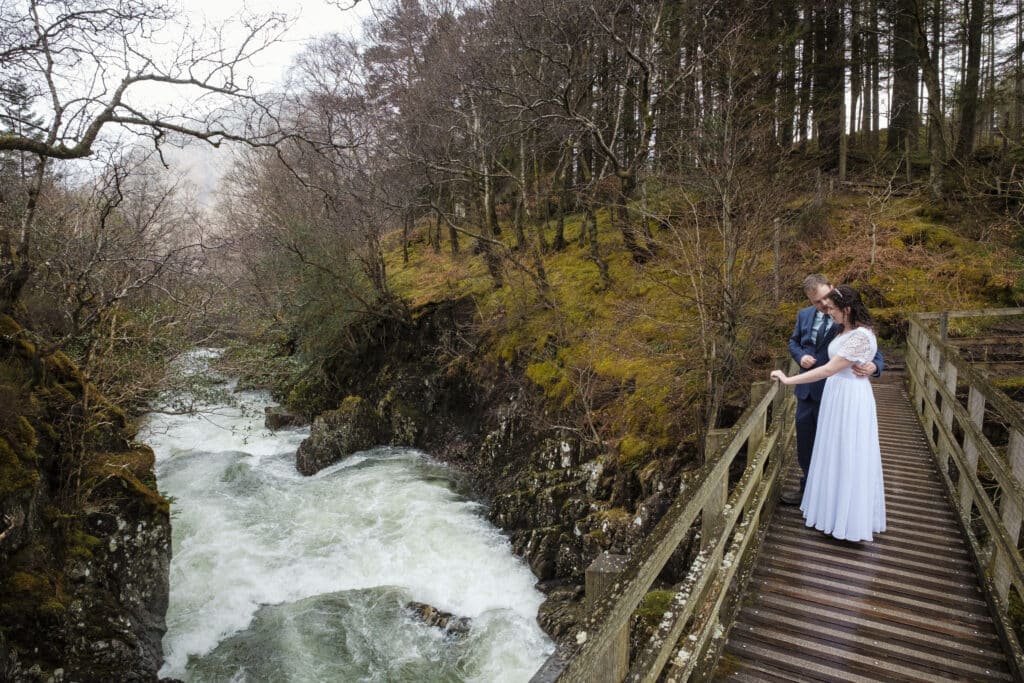
The ‘lemons’ for my Dartmoor epic
After sharing this story with the group, Chris then explained his ‘lemons’ theory. He asked me to think about the day and identify any things that had happened earlier in the day and contributed to the day going wrong. He called these things ‘lemons’ and explained that lemons are factors that are small on their own but lots of them together can lead to bigger problems. He said that on days we experience epics, there were often many preliminary lemons that inevitably contributed to the epic that later followed. So I thought back and listed as many as lemons for that day that I could think of.
The Dart was higher than expected, we were in a large group of 10, there was only a couple hours left of daylight when we got on, we ran it like a mega train which made me very scared and the swim itself was horrible. These were my lemons. My epic really started after my swim and it happened because I made a decision without first proper communicating with the rest of the group.
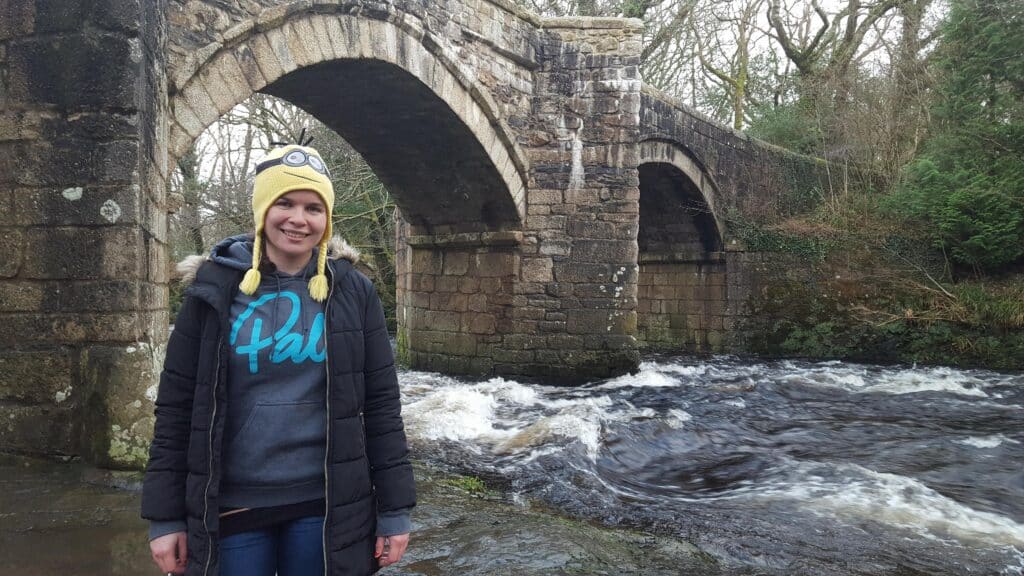
Whilst this day taught me a valuable lesson on communication, Chris’ question about lemons got me thinking about it in more depth. I had assumed that this epic was caused by one poor decision made in a moment. However, the number of ‘lemons’ that had already happened before that decision was made was high. I questioned whether I would have made the same decision if the Dart had been lower, the group smaller, the day earlier. These lemons had already happened and I do believe contributed to me making one very hasty and unfortunately poor decision.
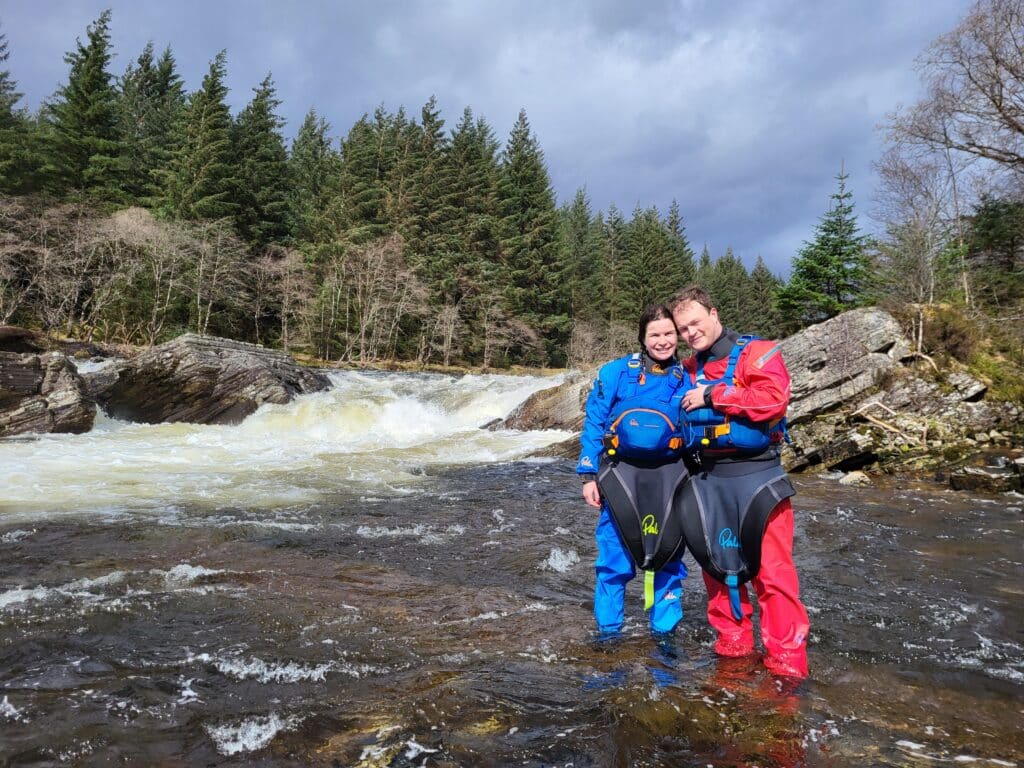
Making a habit of counting lemons
I learned many things with Chris over this weekend but this idea of counting lemons is something that has stuck with me. I now go with this rule. If there have been 3 or more lemons, it is worth taking more time making a decision if you can and potentially go for the safer option. What I mean by this is when I am now faced with a decision whilst out kayaking, I will often run through and count any lemons that have happened that day. If the lemon count is too high (3 or more), then I tend to go for the safer option.
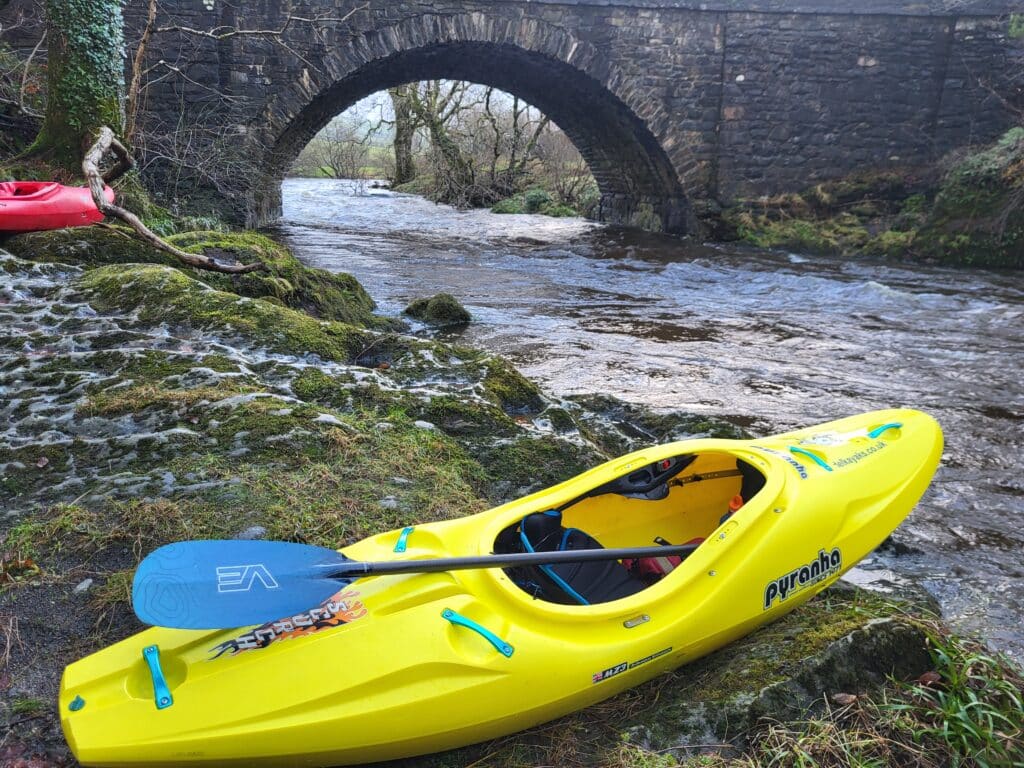
I was on a week long advanced kayaking course in Snowdonia just before Christmas. It was a great week but on the final day, I chose to get off the river at midday. When talking with one of the other paddlers about why, I explained ‘because there are too many lemons’ and then explained to him what I meant by that.

I was physically exhausted after a week of pushing myself and due to some accommodation issues I was also quite tired from not sleeping well the last couple of nights. I had been very wobbly on the warm up paddle and then put what I would describe as ‘the last of my energy’ into helping with a large tree removal. Finally I had long drive home after the day. I was unsure about getting on to paddle in the afternoon and after 5 minutes spent thinking things through and counting my lemons I chose to not get on.
The coach was surprised when I told him and did ask ‘are you sure?’. I knew that I had the capabilities to make the moves I needed to on this section, but I was genuinely not sure I would be able to make those moves that day. All the lemons were there and most were around my body telling me it had had enough. Getting on might have worked out, but it also might not have which would have resulted in an otherwise very good week being ended on a low. So I chose to not get on and was happy with my decision.

Previously I might have pushed through the tiredness and ignored the signs my body was telling me it had had enough. Days where things have gone badly have often involved this. Counting my lemons however has helped me in my decision making. Hitting those 3 or more lemons make me really think through a decision. Sometimes I do still go through with getting on the river or running a drop I’m not 100% sure on. But sometimes I don’t. Counting lemons is not a blanket rule for me in my kayaking but instead a useful tool.
Final thoughts
I know there will be some points raised by people when reading this particular blog and I wanted to address them before I end this article.
Firstly a lot of people struggle with talking themselves out of paddling due to reasons such as being overly anxious. Giving potentially already anxious people a way to justify talking themselves out of getting on things that they are fully capable of paddling could be unhelpful for those people.
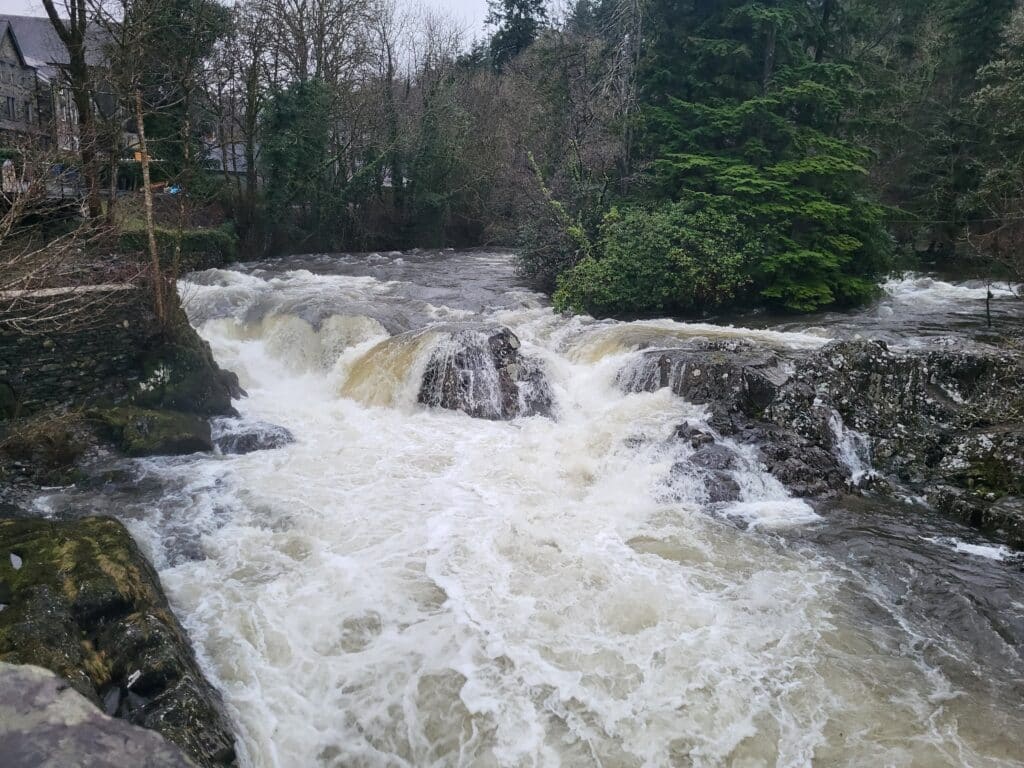
However, as an anxious person myself, I would encourage you to talk about these lemons with another person. I often find things that I am worried about are things that exist only in my head and not in reality. Talking through those things with my husband or a close friend can really help me to identify if things are real or not. So by talking about my lemons, my loved ones help me to decide if they are real or not. Being anxious about running a drop because you have previously dislocated your shoulder is a legitimate lemon. Being anxious about running a drop because a swan looked at you funnily at the get on is probably not a legitimate lemon. Talking with trusted people about your lemons is a good thing to do.
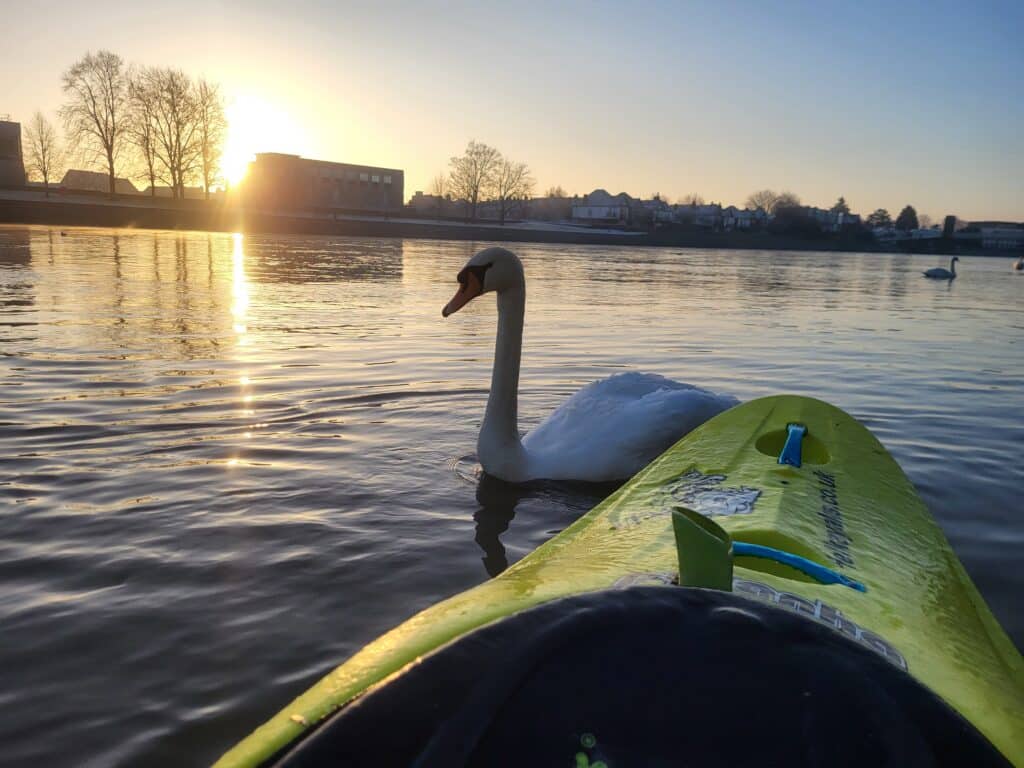
The second point I am sure people might think whilst reading this article is that ‘counting lemons’ is not enough to always keep you safe. I would whole heartedly agree with those people! Keeping yourself and others safe in an adventure sport is a complicated process. There are so many things to consider which is why everybody should take a safety course when they start kayaking and then take an active role in considering safety when out paddling so that those skills get practised! You can read a blog I wrote about this specifically here.
Counting lemons is one particular tool that I find very useful but it’s not my only tool! Also, kayaking is an adventure sport for a reason and even when considering every safety aspect that you can and making all the right decisions, things will still go wrong. The safest thing would be to not kayak at all, but then you would miss out on all the amazing things that this sport has to offer.
So ends this article. Counting lemons is something I personally find incredibly useful which is why I wanted to share it with you all. I hope it’s given you some food for thought and as always – happy paddling!
